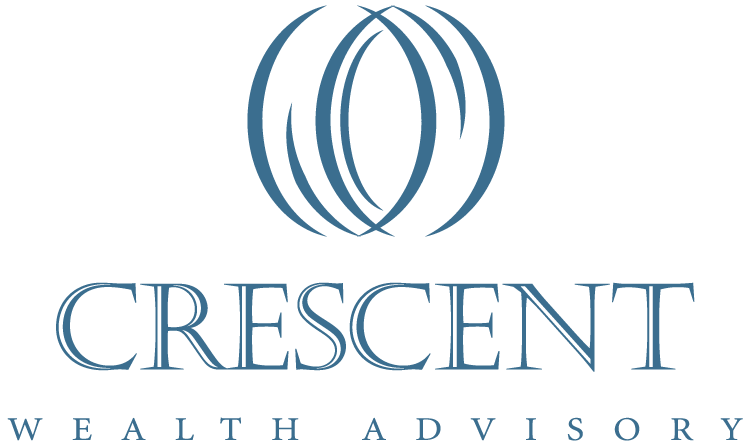Perspectives on Elections and U.S. Equity Returns
By Crescent Team
All elections are important, but to many investors, the coming election feels particularly weighty. The policy ramifications of White House and congressional outcomes can seem unnerving, especially given the wide policy differences and, in some cases, dramatic policy proposals (particularly, taxes).
However, history suggests election results should not be the primary driver of investment decisions. This is particularly true now, where COVID and the related fiscal and monetary response are arguably much more important than potential.
On a short-term basis, politics have the power to move markets and create stock market volatility; however, the relationship between politics and financial markets is not so clear cut. While there may be conventional wisdom in how each party’s policies will affect the economy, politics play only a small role in the direction of the economy and markets. Political checks and balances mitigate the impact of radical, transformational proposals. Plus, the impact of changes tends to evolve over time (often into the next administration).
As illustrated in the following charts, markets have thrived through myriad political environments, often in unexpected ways. Long term, the fundamentals of earnings and interest rates, labor growth and productivity, and the mean-reverting nature of an independent monetary policy ultimately drive financial market returns.
Clearly, policy changes can have ramifications for financial plans, tax strategy, asset location and estate planning. Those evolving policies are key inputs in our holistic approach to long-term wealth management. However, we do not advocate using predicted or actual election results as a significant factor in short- or intermediate-term asset allocation decisions.
Download our PDF for an in-depth look at elections and U.S. equity returns, including historical returns and GDP growth, how markets have performed under both parties, and why predictions tend to be wrong.
